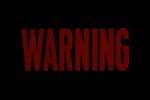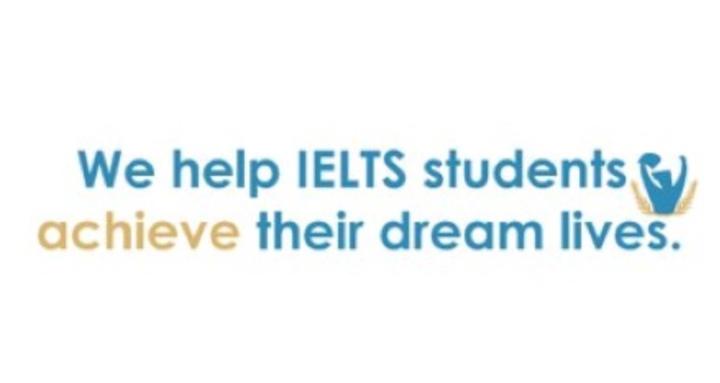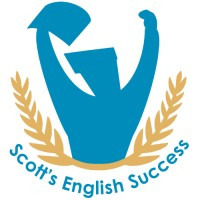
Write something
Just Do It :)
What's wrong with the following sentences: - This essay will discuss both sides and then I will give my position. - In this answer I will present both sides of the argument and then a reasoned opinion will be given. - This essay will present ideas about both sides and then a conclusion will be provided. - This essay will touch on both sides of the question and then I will present my personal perspective. The problem with the sentences is that they are rote and trite. Why bother telling the reader what you're planning to do? Why not JUST DO IT. In other words, state your ideas rather than advise 'what's coming up'. Your IELTS examiner doesn't like it either! Here's what's written under 'Band 5.0-5.5': The introduction is present but very predictable and formulaic; it does not fully address the task in an original way. My advice? Do not write sentences like this as part of your Task 2 answer! Instead of the aforementioned examples, why not write like this: - Although there are some difficulties with history, overall I view it as a positive force for humans. - In my opinion, while a lot of information is often incorrect, I still consider the internet to be a valid source of information. - In my opinion, sports are primarily a way to keep fit and healthy. These examples tell the reader how you feel about the topic and make your answer seem less memorised and more engaging. 😎
0
0

What are the most popular words in the Cambridge IELTS Series?
https://www.youtube.com/shorts/Lrv8je6RfqY
0
0
Academic Task 1 Maps: A student's question
In the IELTS Academic Writing Test Task 1 you may be asked to describe 'before and after' maps. If a compass is not included in the question, is it correct to assume that north points up and write statements accordingly? For example, "In the north of the island there are...", etc. Yes, in IELTS Academic Writing Task 1 map tasks, it is standard and correct to assume that north is at the top (up), south at the bottom, east to the right, and west to the left if no compass or directional key is provided in the question. This convention is widely accepted by examiners and aligns with common cartographic practice, allowing you to use precise directional vocabulary (e.g., "In the north of the island, there are residential areas...") to structure your description logically and demonstrate range in your reporting. This assumption helps you avoid vague references like "at the top" and instead employ Band 7+ level language such as "northern," "to the east of," or "southern boundary." Just ensure your overall response remains objective, covers key changes/features, and meets the 150-word minimum. If the map explicitly labels directions differently, follow those instead.
0
0

Beware of Pleonasms/Tautological Phrases!
What's wrong with the following phrases? In conclusion, let me end with... An ATM machine dispenses money... I want to reiterate by saying again... We need a PIN number... His IELTS score was an unexpected surprise... AI is a new innovation that will change everything... We like to combine together music from China and Vietnam... The issue with all of the above phrases is they are verbal redundancies (also called pleonasms or, in casual usage, "tautological phrases" 😎). These occur when words or phrases unnecessarily repeat the same idea, making the expression circular or superfluous. They're common in English for emphasis, but they're logically uninformative. Avoid them in your IELTS Writing Tasks!
0
0

IELTS Reading Test: What happens if I write 'Yes' instead of 'True' on my answer sheet?
In my classes, many students write 'Yes' instead of 'True' on their answer sheet 🙃. The bad news is: you will be marked wrong. In the IELTS Reading test, True/False/Not Given questions ask about factual information in the passage, while Yes/No/Not Given questions focus on the writer's opinions or claims. The instructions clearly specify using "YES," "NO," or "NOT GIVEN" for the latter, and examiners expect exact matches—mixing terms like "True" for "Yes" doesn't count as correct. Abbreviations like "Y" or "N" are accepted for Yes/No/Not Given, but only if the question type matches. Always check the instructions to avoid this mistake, as spelling or format errors can cost marks. For reliable practice, join us as a student at www.scottsenglish.com
0
0

1-30 of 30
powered by

skool.com/scottsenglish-6743
Learn IELTS from Scott Jennings (BA M.Ed). IELTS expert; Master of Education; Over 25 years' experience.
Suggested communities
Powered by
